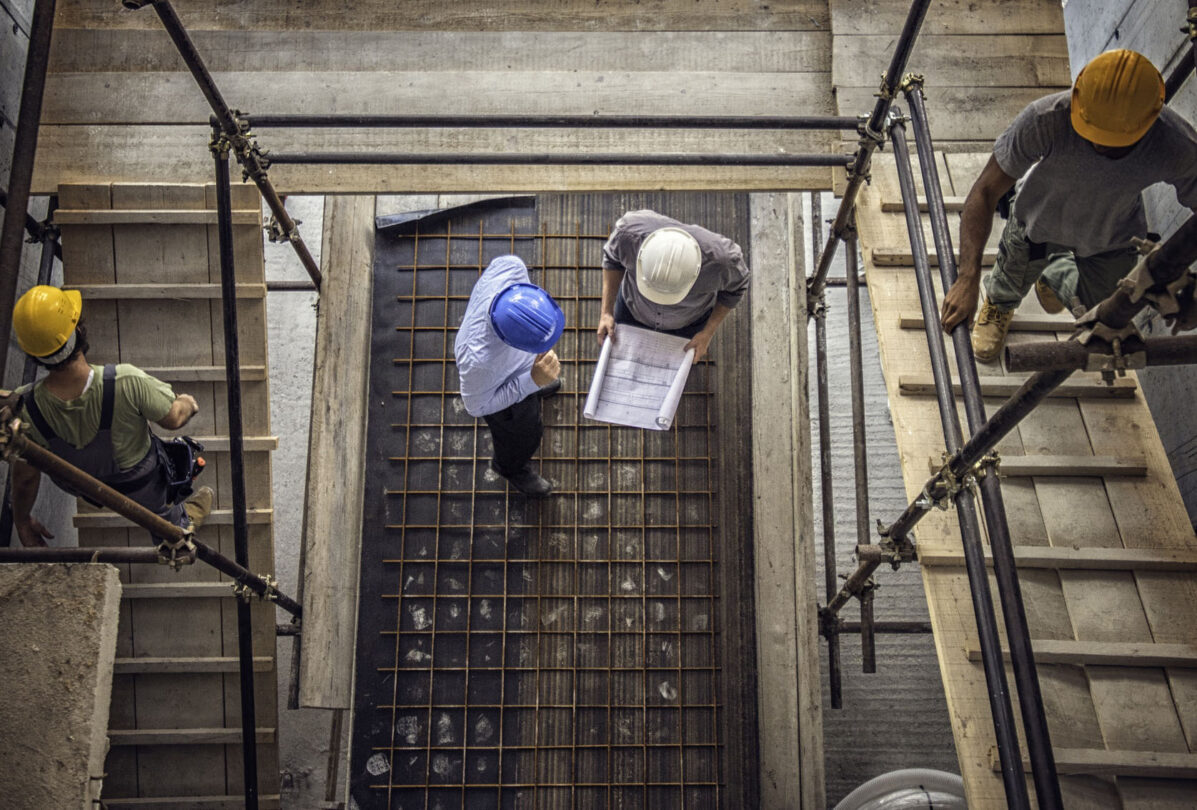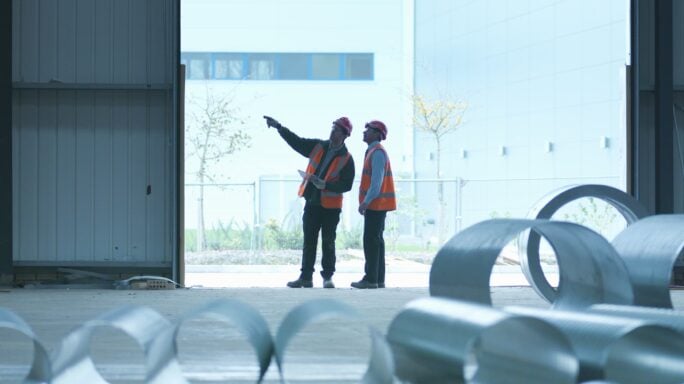Construction
How construction firms can collect and distribute key data to deliver on KPIs

It’s no secret that the pandemic has caused a rapid acceleration of mobile working for the US construction industry.
In the past, back office staff, often working on site, would be key in processing physical documents and helping to manage authorizations.
But in the ‘new normal’ world of reduced physical contact and mobile working, teams across multiple trades and services need to ‘self-serve’ administration on projects.
The best way to control potential risk and cost in mobile teams is to put in place a management system that generates a ‘single version of the truth’, with maximum visibility of data and processes across disparate groups of staff and subcontractors.
By enabling people to input data, you can reduce time and cost, track and mitigate potential problems, create a digital ‘paper trail’ to streamline critical reporting, understand performance, build resilience and develop actionable insights.
Read this article to find out how to digitalize your construction business, and learn how a data-led approach could be your secret weapon for maximizing performance, productivity, resilience and profit, so you can successfully deliver on your key performance indicators (KPIs).
Why data is so important
In an industry as complex and interconnected as construction, businesses should be cautious about going with a gut feeling and instead look to data to make robust decisions and optimize resilience.
Data-driven organizations are three times more likely to report significant improvements in decision-making compared to those that rely less on data, according to a survey of more than 1,000 senior executives conducted by PwC.
Harvard Business Review adds that this approach enables you to make more confident decisions, become more proactive, and realize cost savings.
In addition, businesses that implement digital practices have seen savings of up to 20%, according to McKinsey.
That’s a statistic to take seriously when the construction industry has long-suffered margins of around 2%, where even small slippages on time or cost can have knock-on effects that determine whether you make, or lose, money on projects.
With the benefit of insight and digital systems, you’ll be able to spot patterns and trends, helping you to navigate a business landscape and get ahead of the competition, as COVID-19 continues to reshape the industry.
Data to collect and distribute
Most construction firms are familiar with Lean working – a way of systematically reducing waste from every stage within a business.
To support this, and minimize costs and risk, it’s sensible to collect and manage data relating to the seven main areas of waste: transport, materials, waiting, motion, re-work, overproduction and over-processing.
You’ll also need to collect and analyze day-to-day data relating to critical aspects around approvals, budget control and work in progress (WIP), including:
- Health, safety, environment and quality (HSEQ): Details of accidents and near-misses.
- Actual costs: Estimates against actual cost, details of purchase orders and evidence of materials delivered to site.
- Materials and labor: End-to-end paper trail of purchase orders and approvals, hire of plant and subcontractors.
- Task management: Copies of all critical policies and procedures.
- Time: Including timesheets, holidays, and absences.
- HR: Disciplinary records, the HR calendar and file copies of qualifications and certifications.
- Phasing: Details and completion of specific phases – which impact other teams.
- Management reports: Covering details the management team needs around budgets, project timelines, and KPI tracking.
Being able to distribute that data in real time will help your firm to track KPIs and identify issues as they arise, rather than discovering problems further down the line – that could have a negative impact on budgets and timelines.
How technology can help with data collection and distribution
Collecting data via manual processes can result in errors, teams working in silos and project delays, which can be detrimental to the objective of achieving KPIs.
By using technology, your construction firm can stay on track and your staff can work more effectively.
Here’s a few examples of how technology can help your firm when it comes to data collection and distribution:
- You can view data according to the project, current stage/phase, and type of materials used.
- Supporting technologies such as barcode recognition and mobile apps can be used to manage documents.
- You’ll be able to generate real-time data on individual hires of equipment, labor costs, hours worked, accidents and incidents, compliance status, and projected vs actual costs.
- You can create reports within a few clicks about specific financial workstreams within your business – according to project stage, month, individuals, or material type.
- You’ll be able to compare estimated vs actual costs to ensure your business stays on track.
How to help staff adapt to new data collection methods
When it comes to adopting new systems and processes, getting your staff on board and providing them with the right skills will help. Here are four steps you can take:
1. Communicate
From the start, clearly explain what you’re trying to do, and get input from everyone involved to maximize engagement and support for new systems, rules, and processes.
This will save you a lot of effort long term.
2. Provide support
It’s unlikely people will master new apps and processes the first time. Check in, solve problems, and provide refresher training where needed.
3. Keep things flexible
Give people the option to ‘self-serve’ where and when they need. That means offering browser and mobile app versions of any business system, which are operational 24/7 to meet individuals’ needs.
4. Digitalize distribution of information
Give everyone access to a single business information platform – and you can communicate with staff and contractors instantly.
This removes the need for face-to-face communications or physical newsletters.
Final thoughts
There’s no doubt that coronavirus is reshaping the construction industry. While it’s providing challenges, it’s also creating new ways of working – for the better.
Technology can help your firm to tackle these challenges head on – and when it comes to delivering on KPIs, using the right solutions will allow your staff to collect and distribute key data effectively.







Ask the author a question or share your advice